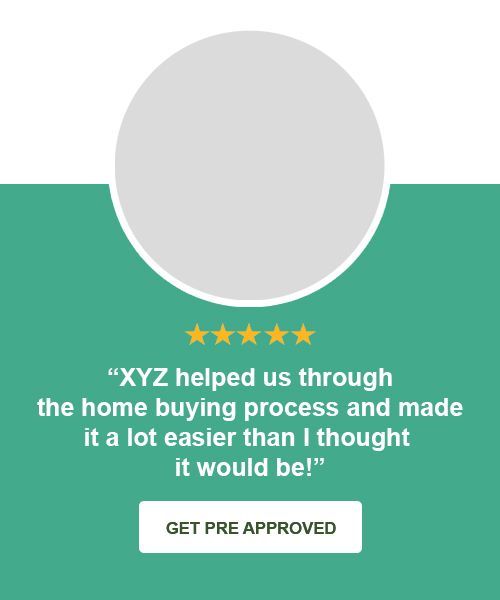
Adjustable Rate Mortgage (ARM): Understanding the Pros and Cons for Mortgage Buyers
Jump To
What Is An Adjustable Rate Mortgage (ARM)?
An Adjustable Rate Mortgage (ARM) is a type of mortgage loan in which the interest rate and monthly payments can change over the course of the loan, based on changes in an index. This type of loan typically has an introductory period with a lower interest rate than a fixed-rate mortgage, although the rate can still be adjusted periodically throughout the life of the loan. Many ARMs have a rate cap, limiting the amount the interest rate can increase or decrease in any given period and over the life of the loan. These loans are also known as variable-rate mortgages.
KEY TAKEAWAYS
- Understanding the definition and mechanics of Adjustable Rate Mortgages (ARMs) is important for mortgage buyers.
- ARMs offer lower initial interest rates but come with the potential for higher interest rates in the future.
- Factors such as future interest rate changes, budget considerations, and the length of time in the property should be considered before choosing an ARM.
Understanding Adjustable Rate Mortgage (ARM)
As a mortgage buyer, understanding adjustable rate mortgages (ARMs) is crucial when making a decision about financing a property. While fixed-rate mortgages offer a consistent interest rate over the life of the loan, ARMs can offer lower initial interest rates, but with the potential for the rate to increase over time.
The adjustment period is the length of time between interest rate changes. It typically ranges from one to ten years, after which the interest rate can change annually. The interest rate is determined by a combination of an index and a margin. The index is a benchmark interest rate, such as the LIBOR or the Treasury rate, and the margin is a set percentage added by the lender. Caps on interest rate changes limit the amount the interest rate can increase or decrease.
Pros and Cons of ARMs
One of the main advantages of ARMs is the lower initial interest rate. This can make the monthly payments lower than those of a fixed-rate mortgage, making it a good option for short-term borrowers. However, the interest rate on ARMs can increase over time, making the monthly payments higher than those of a fixed-rate mortgage.
Types of Adjustable Rate Mortgages
There are several types of ARMs, including the 5/1 ARM, 7/1 ARM, and 10/1 ARM. The numbers refer to the length of the initial fixed-rate period, after which the interest rate can change annually. For example, with a 5/1 ARM, the interest rate is fixed for the first five years, and then adjusts annually.
Considerations Before Choosing an ARM
Before choosing an ARM, it is important to consider future interest rate changes. While an ARM may offer a lower initial interest rate, the interest rate can increase over time, making the monthly payments higher. It is also important to assess the budget and determine if the monthly payments can be managed if the interest rate were to increase. Additionally, it is important to consider the length of time the property will be owned, as the longer the property is owned, the greater the potential for the interest rate to increase.
Conclusion
In conclusion, adjustable rate mortgages can offer lower initial interest rates and flexibility for short-term borrowers. However, it is important to carefully consider the potential for interest rate increases, budget considerations, and the length of time the property will be owned before choosing an ARM. Understanding ARMs and their workings is essential for making an informed decision about financing a property.
Get A Pre-Approval Today!

Home Mortgage Calculator